Best winter cycling jackets 2025: keep warm with these top rated models
To make winter miles more enjoyable, get yourself kitted out in one of the best winter cycling jackets
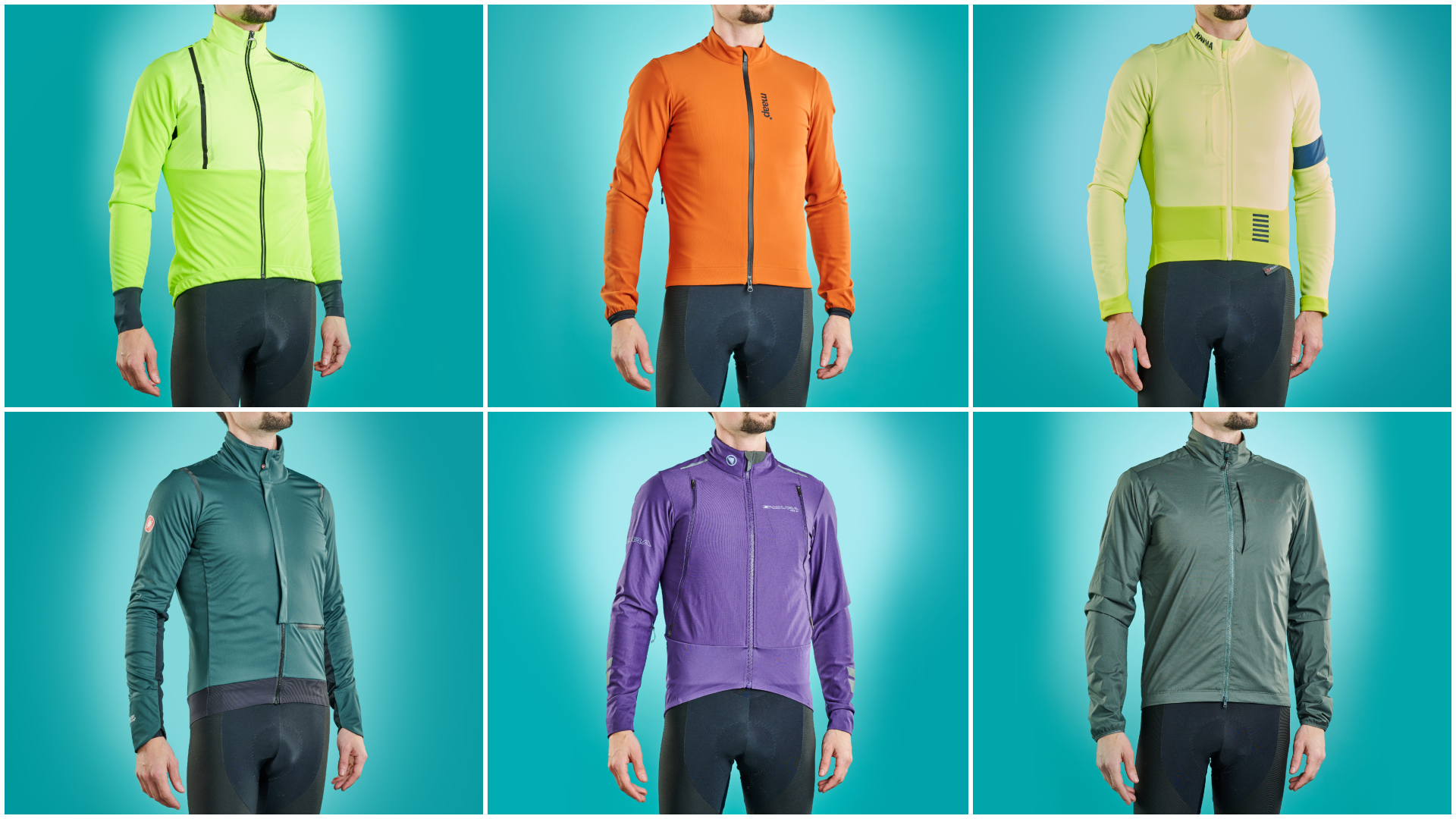

When the temperature drops to single digits, even the best arm warmers and jersey combinations won’t cut it anymore, so the best winter cycling jackets offer much greater protection against cold winds and wintery showers.
Offering windproof panels, fleece linings and DWR treatments, one of these jackets will keep you riding in comfort unless the heavens open, at which point you will need to deploy a packable waterproof. As part of a layering system worn over a base layer, these winter jackets are surprisingly versatile and can be used from sub-zero temperatures up to 10°C or 12°C, depending on the specific garment and the amount of effort being made.
Just as with waterproof jackets, a winter jacket needs to balance weather protection and breathability, so choose one which suits your requirements and shrug off the winter weather. Below are our top picks from testing, but also take a look at our guides on the best waterproof cycling jackets, and the best packable rain jackets as well.
The Quick List
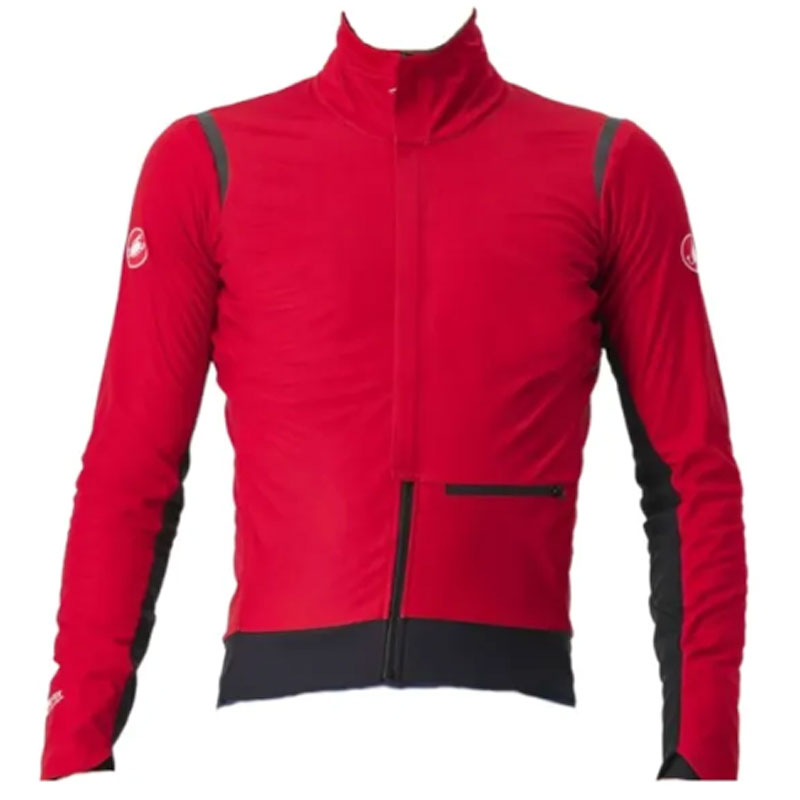
Best Overall
Lightweight yet warm, with decent waterproofing, this is a supremely comfortable jacket with plenty of neat details including a double cuff.
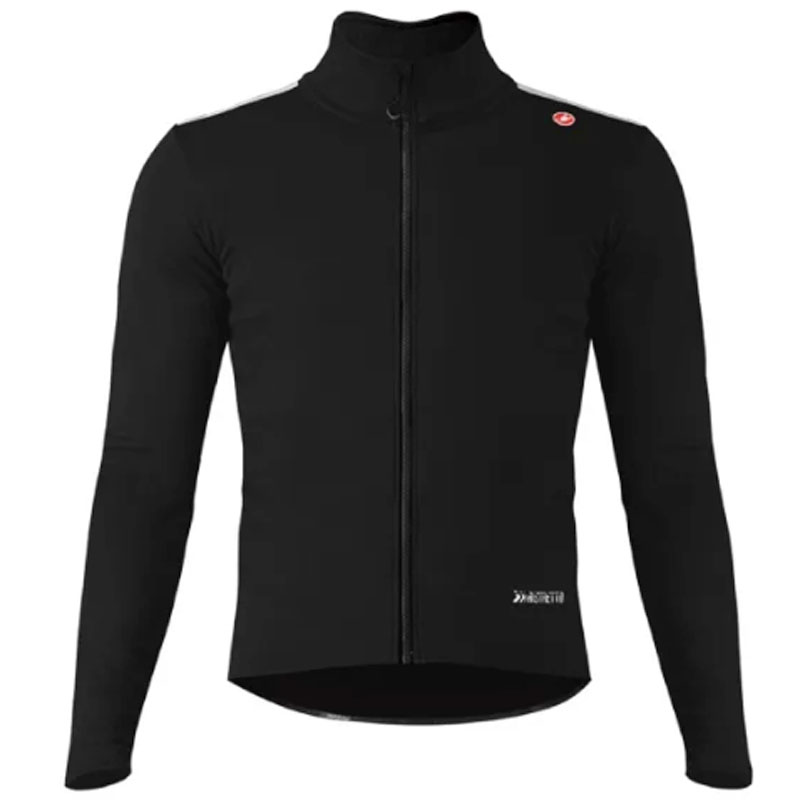
Best fit
An innovative approach to weatherproofing and breathability makes the Espresso Air a great option for most winter riding whilst the non-membrane stretchy fabric allows for a great fit.
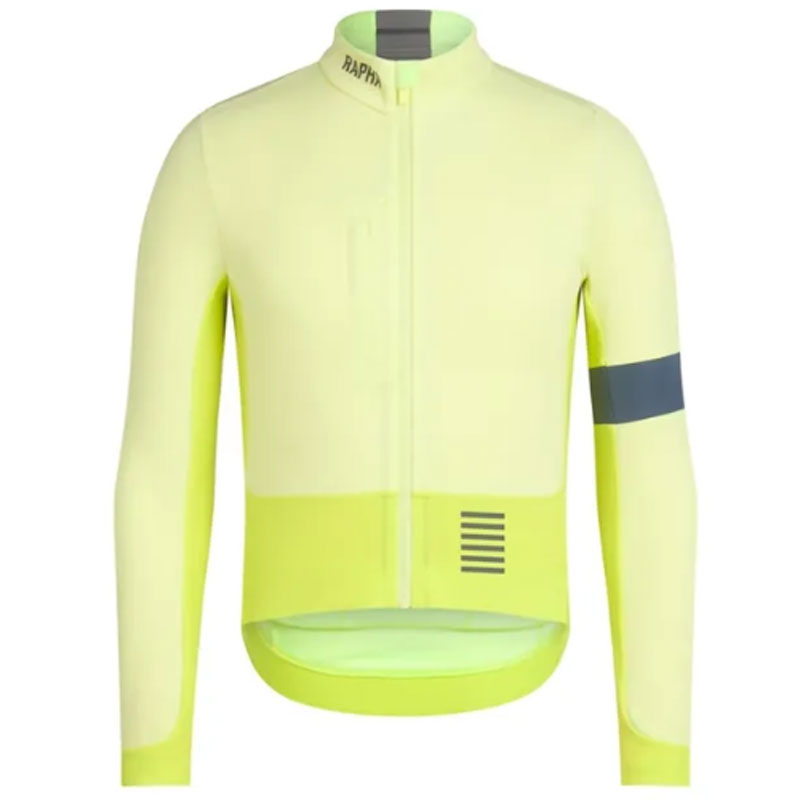
Best for warmth
Heavily insulated but not bulky, the close race fit is suited to hard training in the cold rather than base miles. Taped seams but not fully waterproof.
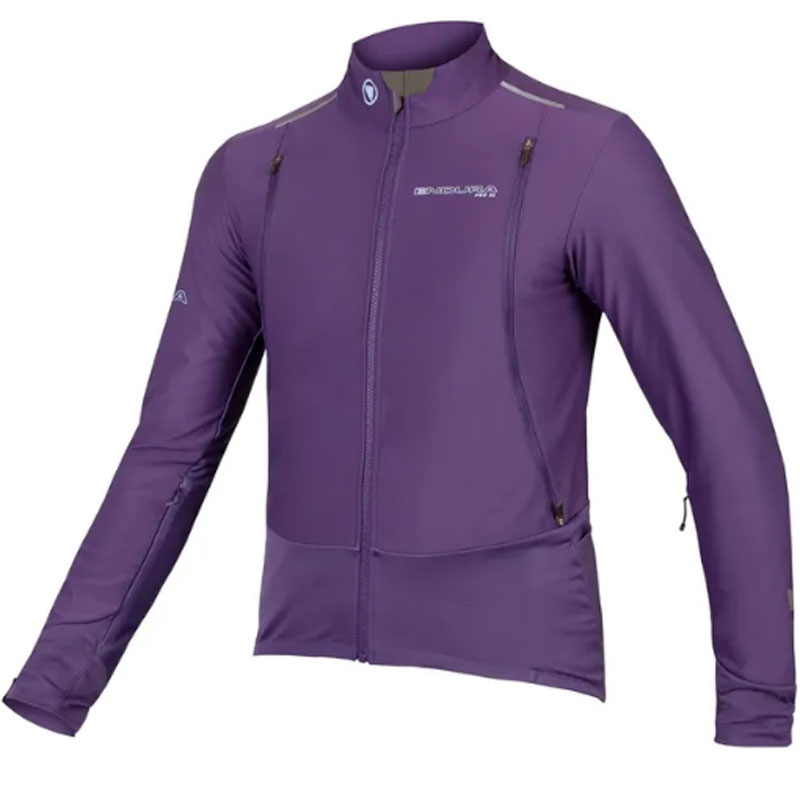
Best value
Packed with features, including a detachable internal gilet, the Pro SL3 is a versatile jacket that can handle the full gamut of winter weather.
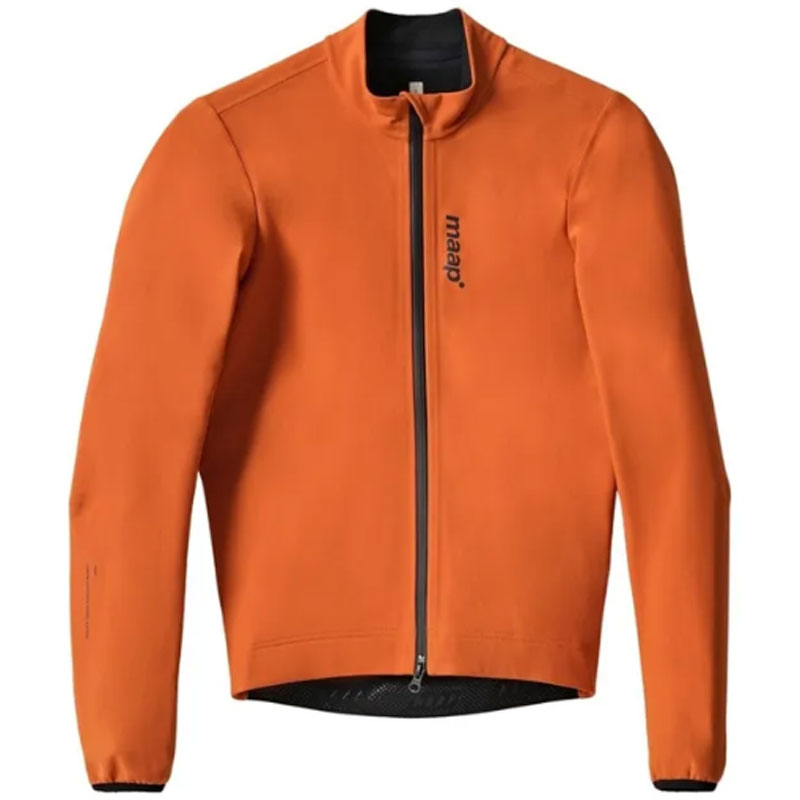
Best for weatherproofing
Wind and waterproof, with fully taped seams but with some added insulation for lower temperatures, it's a smart choice if you ride in the rain a lot.
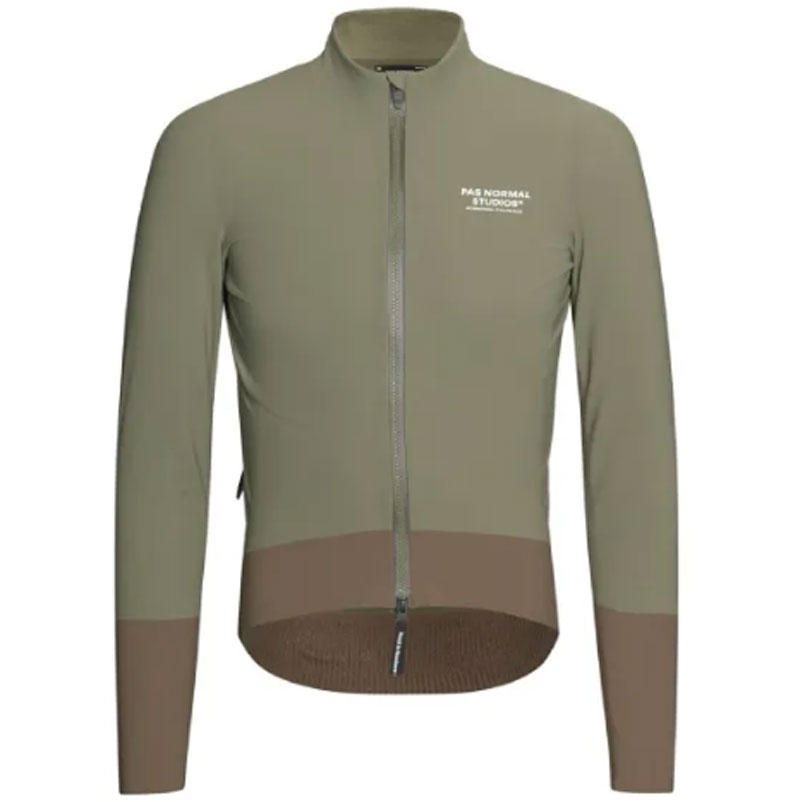
Best premium jacket
A brilliantly warm, weatherproof, race-fit jacket. Stylish and practical too, but the cut is better suited to shorter riders and the price is frightening.
Best Winter Cycling Jackets
Best overall
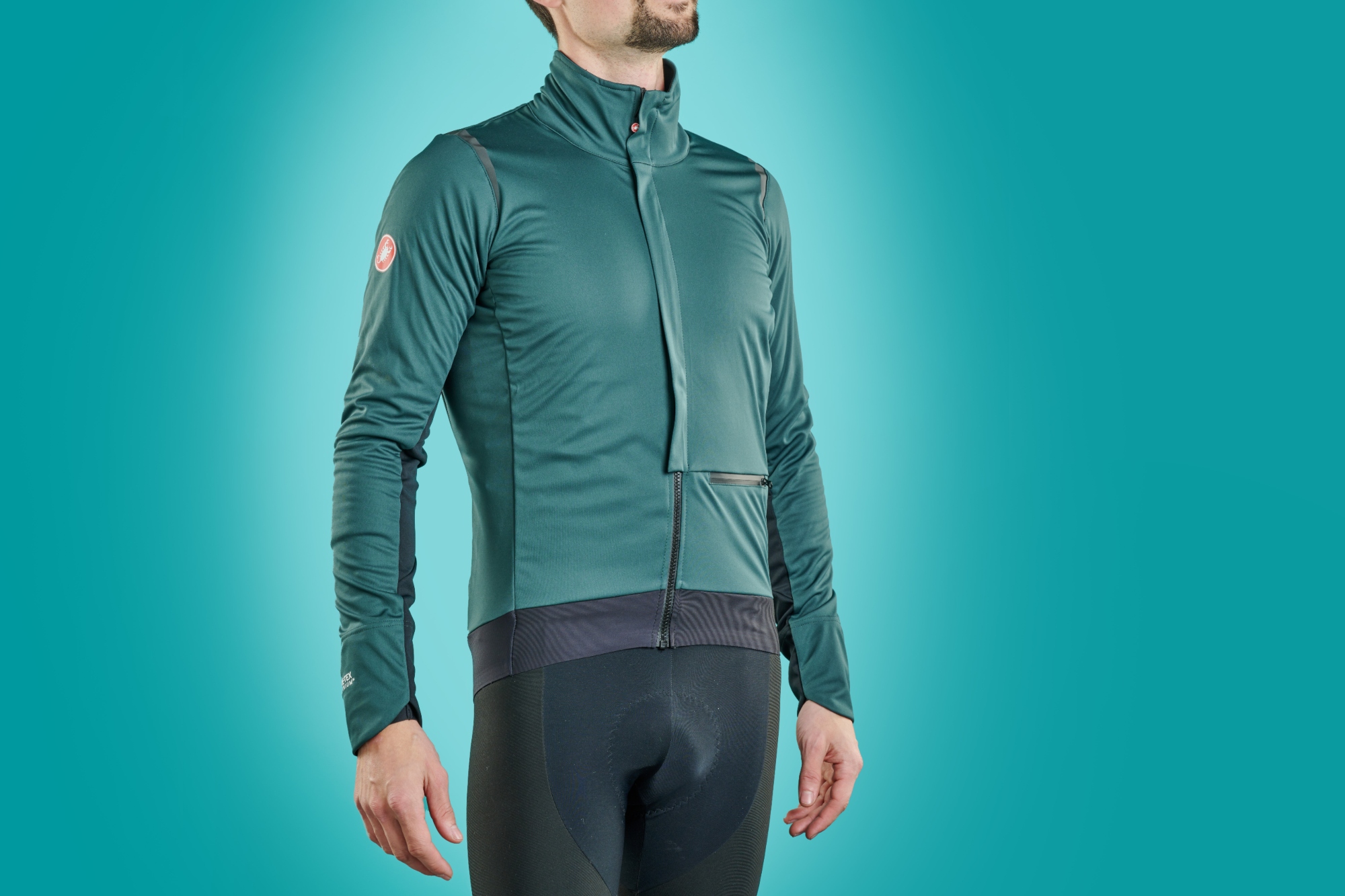
Castelli Alpha Doppio
Castelli Alpha Doppio
Our expert review:
Specifications
Reasons to buy
Reasons to avoid
This is Castelli’s latest and greatest softshell jacket, boasting a variety of improvements and upgrades to the previous iteration. I actually tested that previous iteration two winters ago, and was very impressed by its performance. By no means does the Alpha Doppio have an easy act to follow, but I can safely say that it has fully stepped up and surpassed its predecessor.
The biggest difference between the two jackets is the move from a ‘fleecy’ insulating layer to Polartec’s Alpha Direct insulation. This fabric (if you haven’t had the pleasure of experiencing it on any other garment) is very lofty, fabulously warm and very lightweight.
To put some numbers on it, I’ve been happily riding in this jacket down to about 4°C without a baselayer. I haven’t yet discovered the limits with a baselayer due to an insufficient number of adequately cold days so far this year at the time of writing. Regarding the weight, about 100 grams are saved from the previous model - around 20% of the garment’s weight.
Now, reducing a winter jacket’s weight might not sound the most obvious stat to boast about, but it genuinely is a relevant one. Compared to the previous iteration (and other, heavy-duty winter jackets), you don’t feel as cooped up or swaddled as you can in some winter getup, which itself makes riding in the cold a better experience.
The external seam taping has gone (what you can see on the shoulders is just a reflective strip, plus it’s offset from the actual seam). Despite this, the water resistance is just as good - potentially even better than before. Although it might be classed as a ‘softshell’, in my experience the waterproofing matches that of many hardshell rain jackets.
Then there’s just all the nice little touches, from the double cuff making glove arrangement decisions easier to the double collar at the rear - providing an extra level of warmth when hunkered down on the bars, blocking drafts coming down the back of your neck. In all, it’s really a very good jacket. It is also very, very expensive.
Best fit
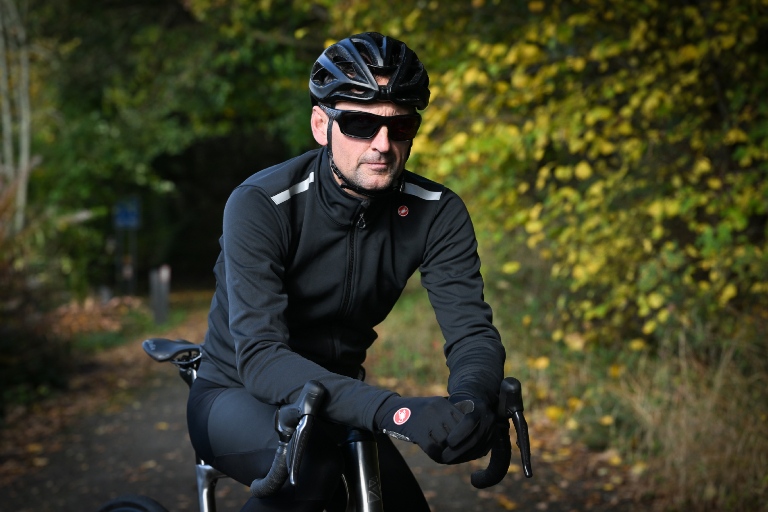
Castelli Espresso Air jacket
Specifications
Reasons to buy
Reasons to avoid
The Espresso Air offers an impressive combination of warmth, breathability and great fit. The fabric is constructed to allow a small amount of air to pass through it rather than being 100% windproof, although in use you don't notice that it isn't blocking all the breeze. This air permeability improves breathability and moisture management so that you don't get wet from your sweat and provides better temperature regulation.
As there is no membrane layer to the Ristretto Warm fabric it is super stretchy and light-feeling to wear despite its warmth. This also means that the fit can be close without being restrictive, even if worn over a layer or two.
There is a DWR coating to ward off light showers, but a waterproof will be required in more sustained rain and Castelli's temperature rating of 0°C - 10°C feels pretty spot on if worn with a good long-sleeved base layer.
- Read our full Castelli Espresso Air Jacket review here
Best for warmth
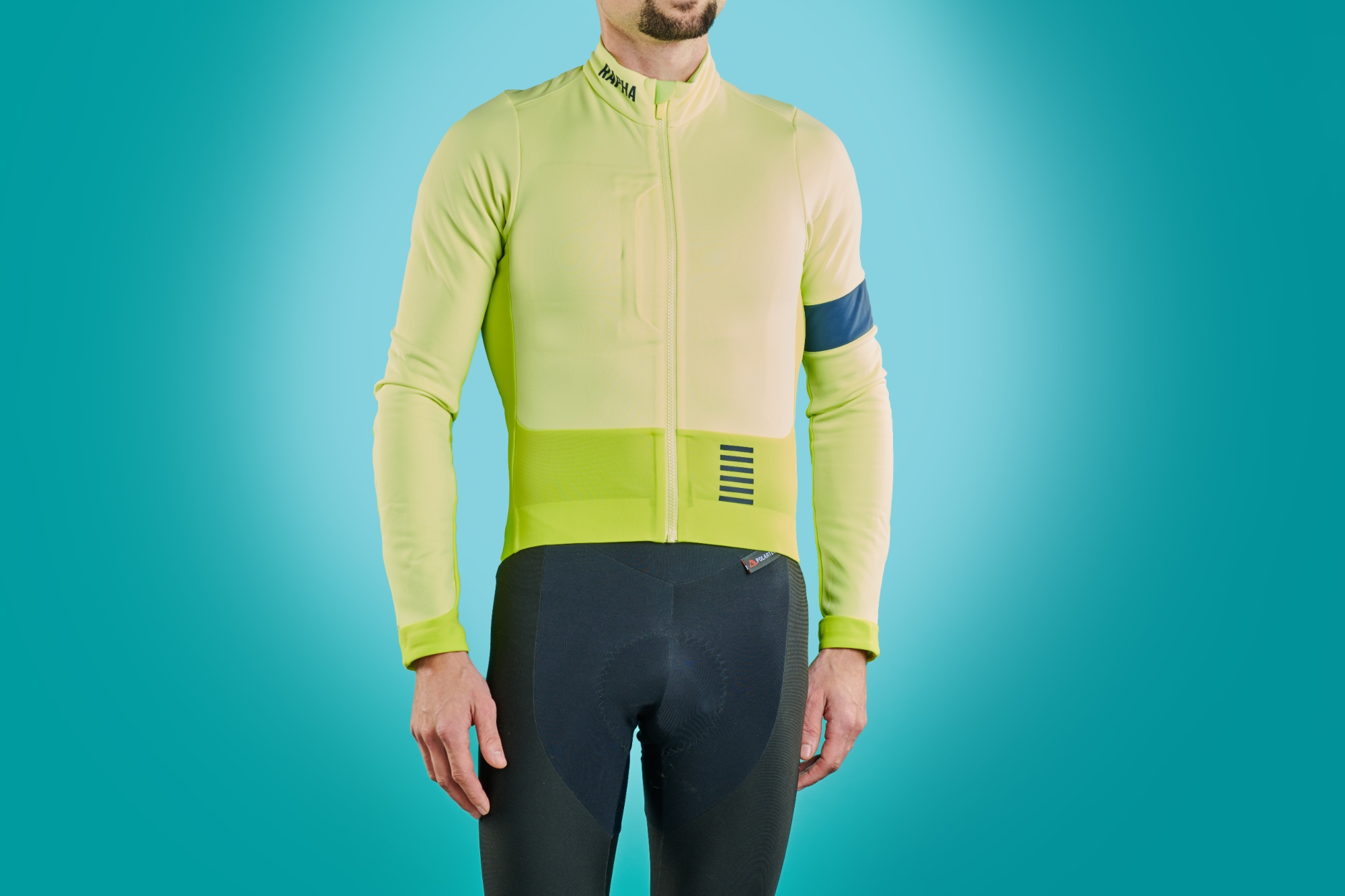
Rapha Pro Team Winter Cycling Jacket
Rapha Pro Team Winter Jacket
Our expert review:
Specifications
Reasons to buy
Reasons to avoid
Rapha’s Pro Team Winter Jacket really stands out against all the others of this group test in relation to two of its qualities. The first is the level of insulation. The Pro Team Winter Jacket is really notably warm - a particularly thick fleece is used across the chest, whilst a slightly thinner (though still generous) fleece is used in areas that are little more protected from the wind, aiding breathability. I’ve found 3°C to be about the limit without wearing a baselayer.
The second superlative relates to the cut. This jacket is much more ‘aggressive’ in its design, rising higher at the front to minimise bunching when bent over the bars in a low, aero position. If you prefer to work on your conditioning through the winter, rather than sitting up and plodding through the base miles, you’ll get on well with this jacket.
But if you are ready to shuffle a few spacers under the stem, or mix things up with winter gravel rides, then you’ll likely find that Rapha’s Pro Team Winter Jacket comes up short - more literally than figuratively, although there is some equivalence.
Notably, after MAAP’s Training Winter Jacket, Rapha’s Pro Team Winter jacket ranks second for taped seams. But despite that, the fabric itself isn’t as waterproof as that of Castelli’s or MAAP’s, and after a while in sustained rain the fabric does become saturated. So long as you’re pushing on a little bit, you do stay warm - which I think is preferable to a clammy rain shell. But if you’re tapping along at an easier pace, you’ll feel most comfortable pairing it with a rain shell.
The Pro Team Winter Jacket does miss out on a few ‘nice-to-haves’, such as the lack of a double cuff for easier glove layering or a two-way zip for better heat management. But then again, it still costs significantly less than the most expensive jacket on test, it’s a little warmer, and the zippered chest pocket is also handy for making it a little easier to get your card out for an impromptu café stop.
Best value
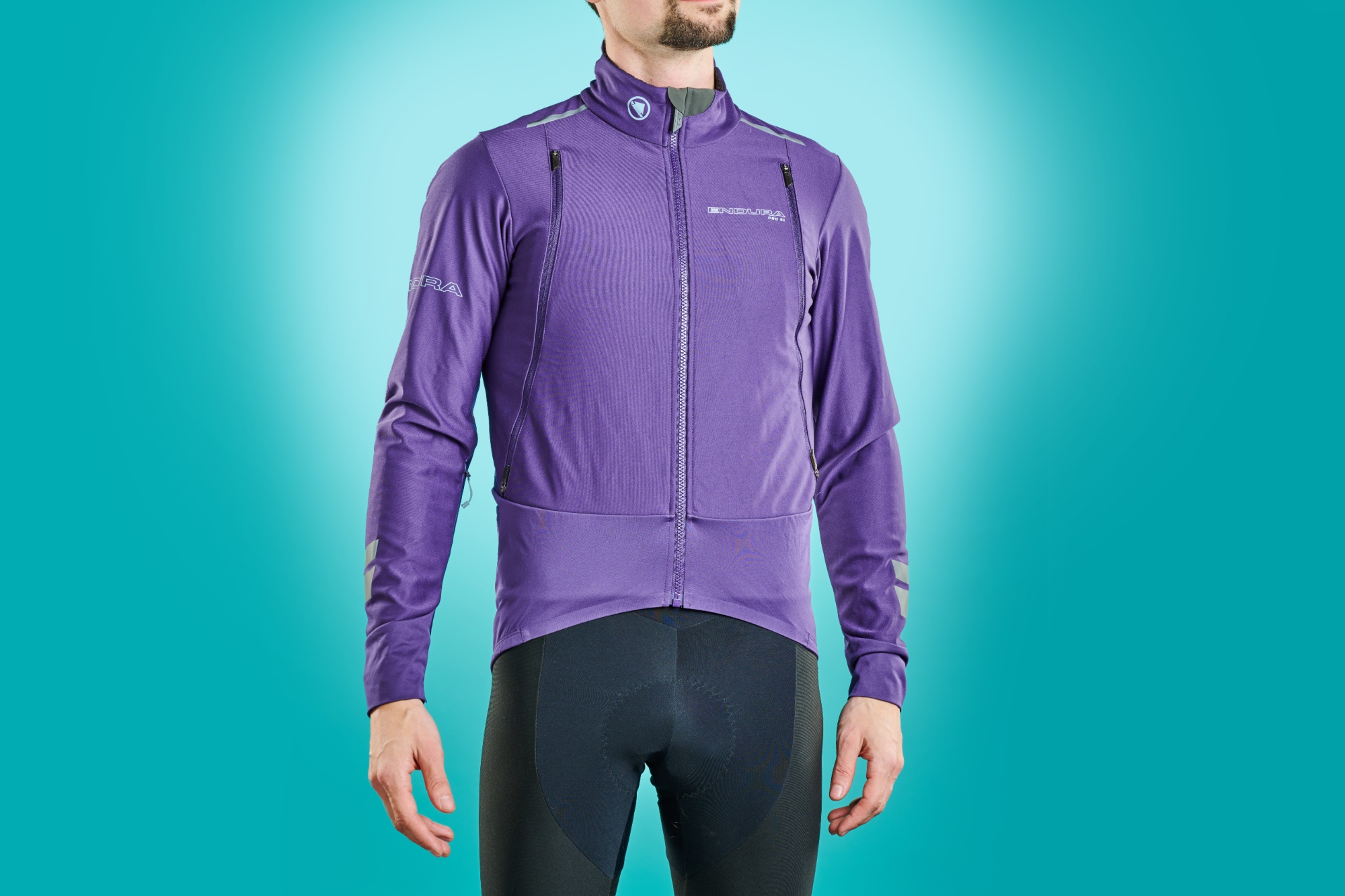
Endura Pro SL 3 winter cycling jacket
Endura Pro SL 3
Our expert review:
Specifications
Reasons to buy
Reasons to avoid
It’s not often that the cheapest product on test packs quite this many features. The Pro SL 3 really is a very well thought-out jacket, and there are genuine reasons to choose this over the Santini Vega Absolute - even though my personal preference and recommendation would be for the Italian marque.
To start running through those features, the Endura Pro SL 3 comes with a detachable internal gilet which uses Primaloft’s Evolve fabric. This is very similar to the Polartec fabric of the Castelli Alpha Doppio and provides an impressive amount of warmth for its weight.
The rest of the jacket is a mixture of dense fleece and the unbacked softshell fabric. This is a point of contrast with the Castelli Alpha Doppio, which not only has the lofty insulation around the torso, but also extends this down the sleeves - keeping your arms that bit warmer.
With the Endura only having the lofty insulation as part of the gilet, this can result in a bit of a temperature mismatch, with your arms getting colder than your body. To be fair, that is pretty much the premise behind a gilet, but equally, there is a balance to strike.
Endura’s softshell fabric isn’t as breathable as Castelli’s Alpha Doppio jacket or Santini’s Vega Absolute, although it does outrank MAAP’s Training Winter Jacket. On the flipside, MAAP’s jacket provides really top-notch weatherproofing, so it’s largely a matter of preference and application there.
The Endura Pro SL 3, however, does have a party trick in its many zippered vents - two on the front and two on the sleeves. These help increase the airflow, boosting breathability beyond what the fabric on its own would be capable of.
Plus, if you take off the insulated gilet, it’s perfectly possible to ride this jacket on rainy days up to 16 degrees more comfortably than with a hardshell rain jacket - making it more versatile than the others on test. But for pure winter application, I would personally choose the Santini Vega Absolute over Endura’s Pro SL 3, as the materials used do feel higher quality.
Best for weatherproofing
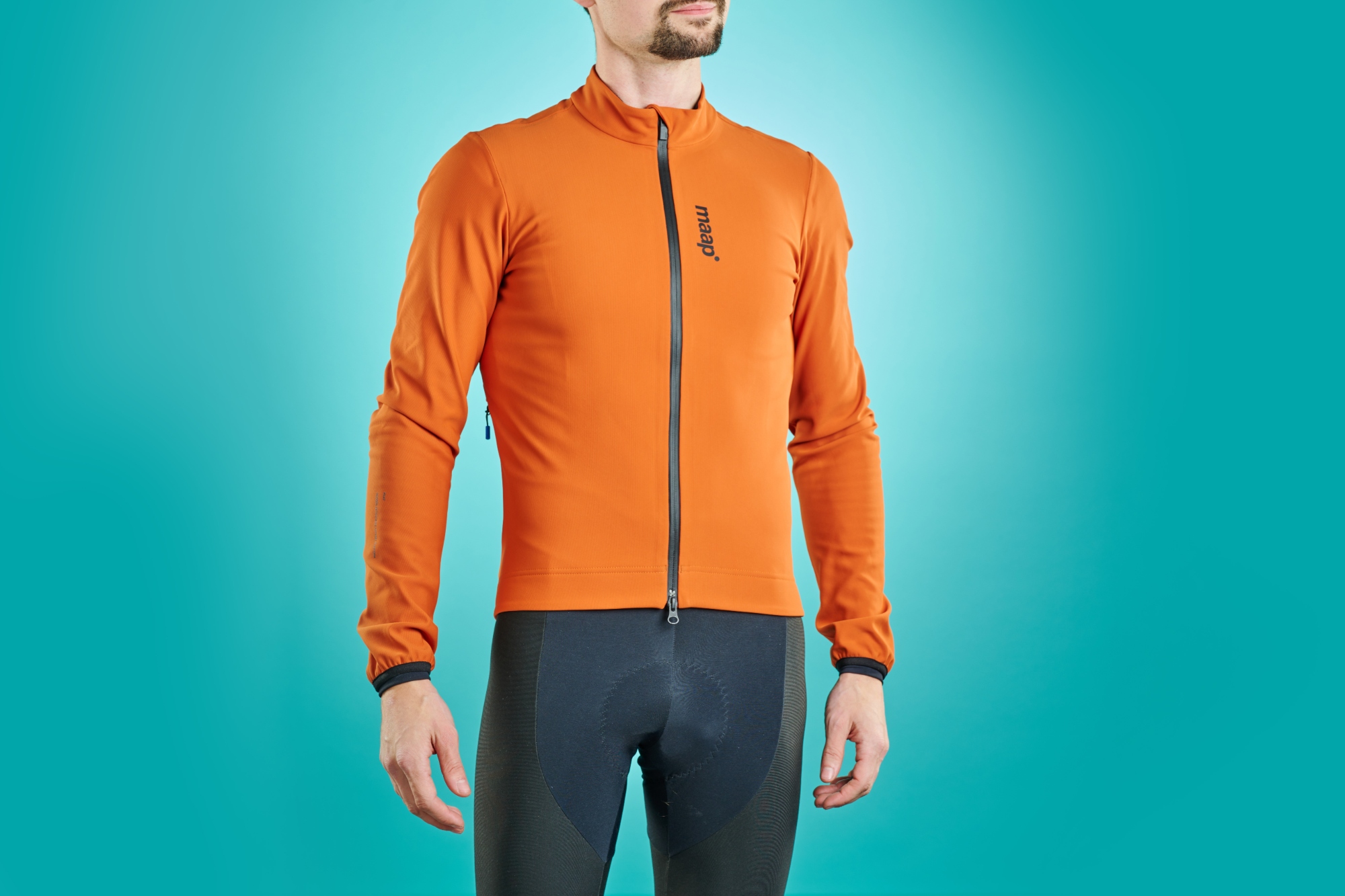
MAAP Training Winter Jacket
MAAP Training Winter Jacket
Our expert review:
Specifications
Reasons to buy
Reasons to avoid
It might surprise you how cold, wet and unpleasant Australian winters can actually be.
But even so, it is still a little unexpected that a winter jacket quite as robust and weatherproof as this was developed Down Under. Although the outer material doesn’t quite feel exactly like a hardshell rain jacket, it is pretty close in texture. With this comes exceptional windproofing properties and waterproofing that is fully on a par with hardshell rain jackets.
Further to that end, the seams are fully taped throughout - the biggest point of difference between this and a straight-up rain jacket really comes down to the full fleece backing, providing a considerable degree of warmth. I would say slightly less warm than Santini’s Vega Absolute jacket, although the two are very close.
With this level of weather sealing, the breathability of the jacket does take a hit compared to other softshell jackets, such as Castelli’s exceptional Alpha Doppio jacket, or Rapha’s (less weatherproof) Rapha Pro Team Winter Jacket.
That said, MAAP’s Training Winter Jacket does come with holes punched in the under arms to bolster the breathability - plus the two way YKK zipper does help expel some excess heat and moisture without exposing your chest to the elements. So, as an overall package, the level of breathability isn’t such to really cause a problem.
The double cuff does feel somewhat halfhearted: the extra internal fabric which should sit underneath the glove measures just two centimetres long - much shorter than is needed for it to actually sit underneath the cuff of the glove and have the jacket’s sleeve extend over. I just layered the jacket sleeve on top to aid the water run-off, like a standard jacket.
In all, MAAP’s Training Winter Jacket offers truly excellent waterproofing. If you’re looking for something more breathable than a hardshell to essentially replace your hardshell, this is a great option. Plus, despite the high price, it is still a fair chunk cheaper than Castelli’s Alpha Doppio. However, for general winter riding, I think that Santini’s Vega Absolute is a more well rounded jacket and it is considerably cheaper still.
Best premium jacket
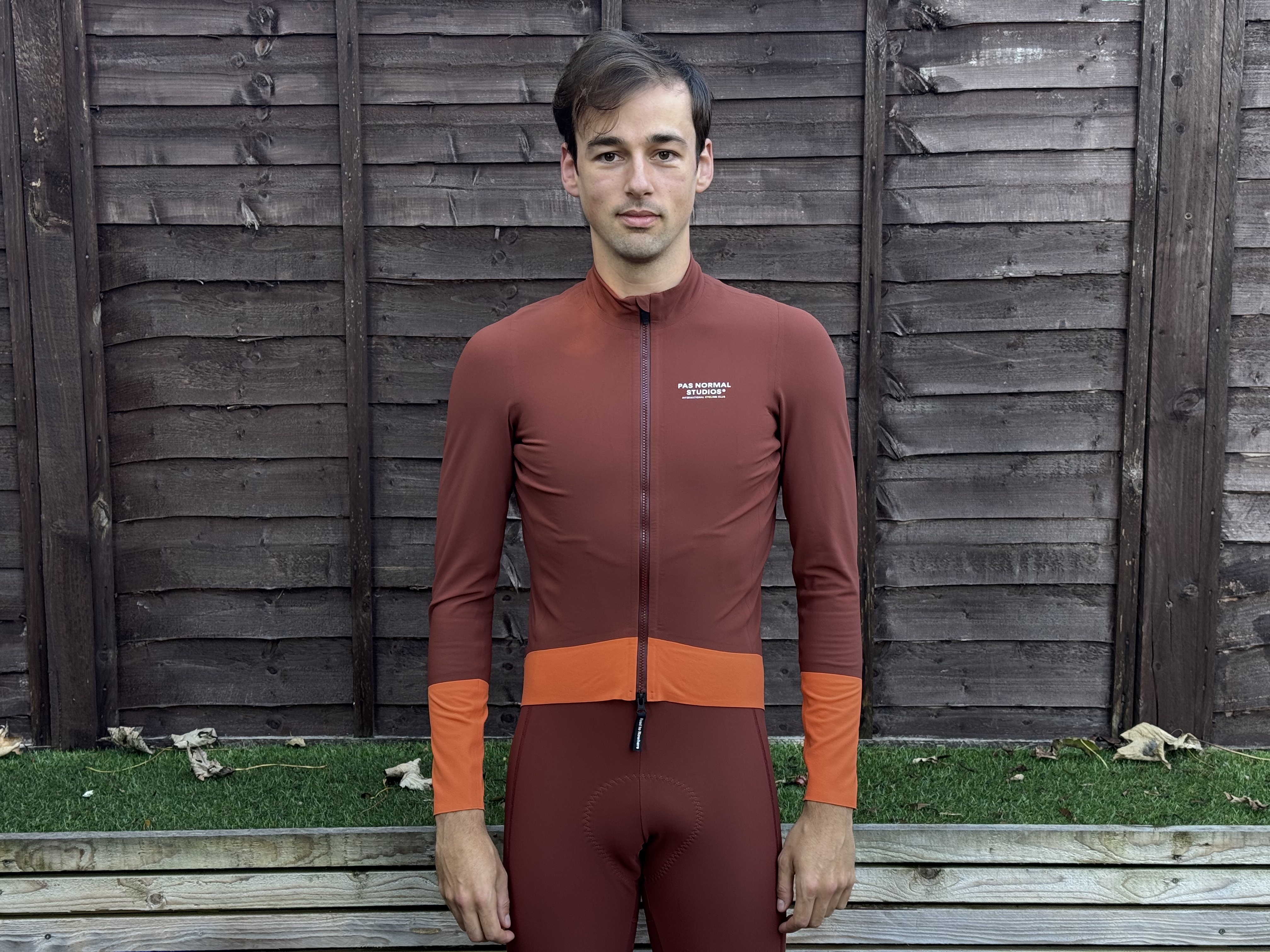
Pas Normal Studios Mechanism Thermal Jacket
Specifications
Reasons to buy
Reasons to avoid
The Pas Normal Studios Mechanism Thermal Jacket uses some impressive tech to make it very effective in cold and wet weather. The Windtex Pro fabric keeps the wind out brilliantly, while the grid fleece internal material provides excellent levels of insulation. The DWR coating and internally taped seams do a superb job at keeping out any water and the jacket performs more akin to a hardshell than a softshell.
The dual-zip and zip tabs make using the jacket while wearing thick gloves very easy, and the drainage holes on the rear of the pockets are another nice addition. The race fit works really well to keep the jacket form-fitting while in the cycling position. However, PNS tend to size things a bit short, so on my long torso, I found the rear pockets sat quite high and were very difficult to access while riding.
Aside from that, the jacket is faultless, but it is also significantly more expensive than many competitors. If you want the style, fit, and brand name, plus genuinely superb cold and wet weather performance, then this jacket may be for you. Those looking for the best value for money should look elsewhere.
- Read our full Pas Normal Studios Mechanism Thermal Jacket review
FAQs
While your legs are constantly moving on a road bike, gravel bike, and pretty much any other type of bike, your torso and arms spend a lot of the time pretty static. Keeping them warm by wearing a great fitting winter cycling jackets is paramount, not only for your riding enjoyment, but, as the key controllers of your bike, in keeping you safe too.
Differing from the best long sleeved cycling jerseys, that plug the weather gaps of spring and fall/ autumn, the perfect winter cycling jacket will allow you to keep riding in much colder and wetter conditions, thanks to its thermal insulation, wind and waterproof properties, as well as being capable of maintaining good breathability.
What should I look for in a winter cycling jacket?
Often ‘thermal’ and made from a Roubaix-style soft, fleece-backed fabric, the best winter cycling jackets will usually come with a Windstopper front, which is often paired with a more breathable fabric at the back to allow for heat dissipation.
The difference between winter racing and a gentle commute in the coldest months of the year is vast. Meeting your specific needs is a careful balancing act of keeping the weather out and the warmth in. The best winter cycling jacket for you will need to match these exacting requirements.
Waterproofing, or at least a DWR (durable water repellency) treatment is something you'll also find in many winter cycling jackets, along with storm flaps on the zips, either internal or external. Pockets will often be waterproofed with zips or flaps, as well as deeper - allowing room to stow one of the best waterproof cycling jackets or best cycling gilets.
Shorter days and longer nights in winter will mean that at some point you're probably going to be riding in the dark, or at least lower light levels, so winter cycling jackets often come with more reflective details than most of the best cycling jerseys.
What's the difference between 'waterproof' and 'water resistant'?
If you plan on riding through truly biblical conditions, you’ll need a jacket that can stand up to the deluge.
The way a fabric's waterproofness is tested is by measuring the Hydrostatic Head. That is, how tall a column of water can be stood on the material before it starts to penetrate through the fabric. For a proper waterproof jacket, you should be looking for at least 10,000mm and going up to 20,000mm for greater protection from the rain. That said, the more waterproof a fabric is, the less breathable it tends to be.
A water-resistant fabric might just have a DWR (durable water repellency) treatment on the outside, which means that the rain beads up and runs off without soaking in. As these fabrics don't have a membrane, they are usually more breathable, lighter and more packable than a waterproof garment.
If you know you will be riding for a long time in the rain, or you won't be putting big efforts in, then a waterproof will be better, but if you are only out for a short ride or likely to be working up a sweat then you might find a water-resistant jacket more suitable.
How is breathability measured?
There are few feelings less pleasant than the clammy clasp of a jacket with poor breathability. It’s no good being protected from the elements if you just end up getting drenched from the inside.
The key is getting the perfect winter cycling jacket to match your style of riding.
Breathability is measured by the number of grams of water vapour that can pass through a square meter of the material in a 24-hour period. A value of 10,000–20,000g/m²/24hrs tends to be fine for a steady ride, but if you are putting in some spicy efforts you’ll want to be looking in the range of 20,000–40,000g/m²/24hrs.
Get the breathability balance right and it will pay dividends in the comfort of your ride - the harder you intend to ride, the more important breathability becomes.
What is a softshell?
A water-resistant “softshell” jacket sacrifices some waterproofness for warmth and increased ride comfort. As the name suggests, they are made of softer, more comfortable fabric than a "hardshell" rain jacket. They're stretchy too.
These are breathable enough to ride in the dry without feeling clammy and can fend off a shower — although not a downpour. This makes them a great winter cycling jacket for changeable days when you’re not sure what the weather will do — and certainly makes the pre-ride choice of which jacket to put on significantly easier.
Some of the waterproofing properties will be down to spray treatment, often referred to as DWR (durable water resistant coating). While this will wash/ wear out after time, the good news is that you can reapply it yourself. Our guide on how to re-waterproof your cycling jacket will tell you all about it.
Generally, a softshell style jacket won't pack down into a pocket - they are designed to be worn all ride long and perhaps supplemented with a waterproof layer in teh event of a downpour.
What makes a winter jacket warm?
Although it might be cold out, sometimes it’s worth not opting for the warmest jacket available. As a highly technical piece of clothing, a winter jacket does represent a considerable investment, so you’ll want to maximise the amount of use you will get out of it.
Remember, you can always combine a thinner jacket with more layers, but you can’t make a thick jacket any less warm. In fact, layering is the key to getting the right degree of warmth for the conditions. Don’t make the mistake of paying through the nose for the absolutely best winter cycling jacket you’ll only use on the five coldest days of the year.
However, if you know you do run irremediably cold, then by all means get the warmest jacket you can to keep you riding through the winter!
What fit should I get?
Even with the best winter cycling jackets, you'll need to decide what kind of fit you want. Some winter jackets are cut to leave space for extra layers to be added underneath. Others share the same tight fit as the lighter-weight options in the range.
The same principle applies to whether a collar is intended to be skin-tight, preventing any draughts from shooting down your neck, or if the jacket is supposed to be used in combination with a buff and therefore cut to leave a little extra room.
Either way, spend some time reading our reviews and checking sizes before buying so you know whether you're meant to layer up, or if there's only room for the best cycling base layer underneath.
The best commuter cycling jackets are a good option to consider if you're planning to ride to work and need to fit extra work clothes underneath.
Any other features to consider?
Generally, when the conditions are such that you need a winter jacket, visibility is not going to be great either. Opting for a jacket that uses brighter colours and reflective detailing can go a long way to helping you be seen on the roads.
Most of the best winter cycling jackets will have elements of high-viz or reflectivity built in.
How we test
All of the best winter cycling jackets in this buyers guide have been put through their paces, having been ridden by our tech team in the harshest of conditions
We all have a wealth of experience of cycling year round, so know what makes an ideal winter warmer, and what doesn't.
These winter cycling jackets are all standout quality because not only will they keep you warm in the coldest season, but also feature either technical innovation, super practical detailing or are just a great jacket for the price.
We're testing kit all year round, so as soon as the mercury drops, we'll be pulling our thermals on and reviewing more of the latest winter cycling kit, and will ensure this page is kept up to date with only the best on test.

Thank you for reading 20 articles this month* Join now for unlimited access
Enjoy your first month for just £1 / $1 / €1
*Read 5 free articles per month without a subscription

Join now for unlimited access
Try first month for just £1 / $1 / €1
Get The Leadout Newsletter
The latest race content, interviews, features, reviews and expert buying guides, direct to your inbox!

After winning the 2019 National Single-Speed Cross-Country Mountain Biking Championships and claiming the plushie unicorn (true story), Stefan swapped the flat-bars for drop-bars and has never looked back.
Since then, he’s earnt his 2ⁿᵈ cat racing licence in his first season racing as a third, completed the South Downs Double in under 20 hours and Everested in under 12.
But his favourite rides are multiday bikepacking trips, with all the huge amount of cycling tech and long days spent exploring new roads and trails - as well as histories and cultures. Most recently, he’s spent two weeks riding from Budapest into the mountains of Slovakia.
Height: 177cm
Weight: 67–69kg
-
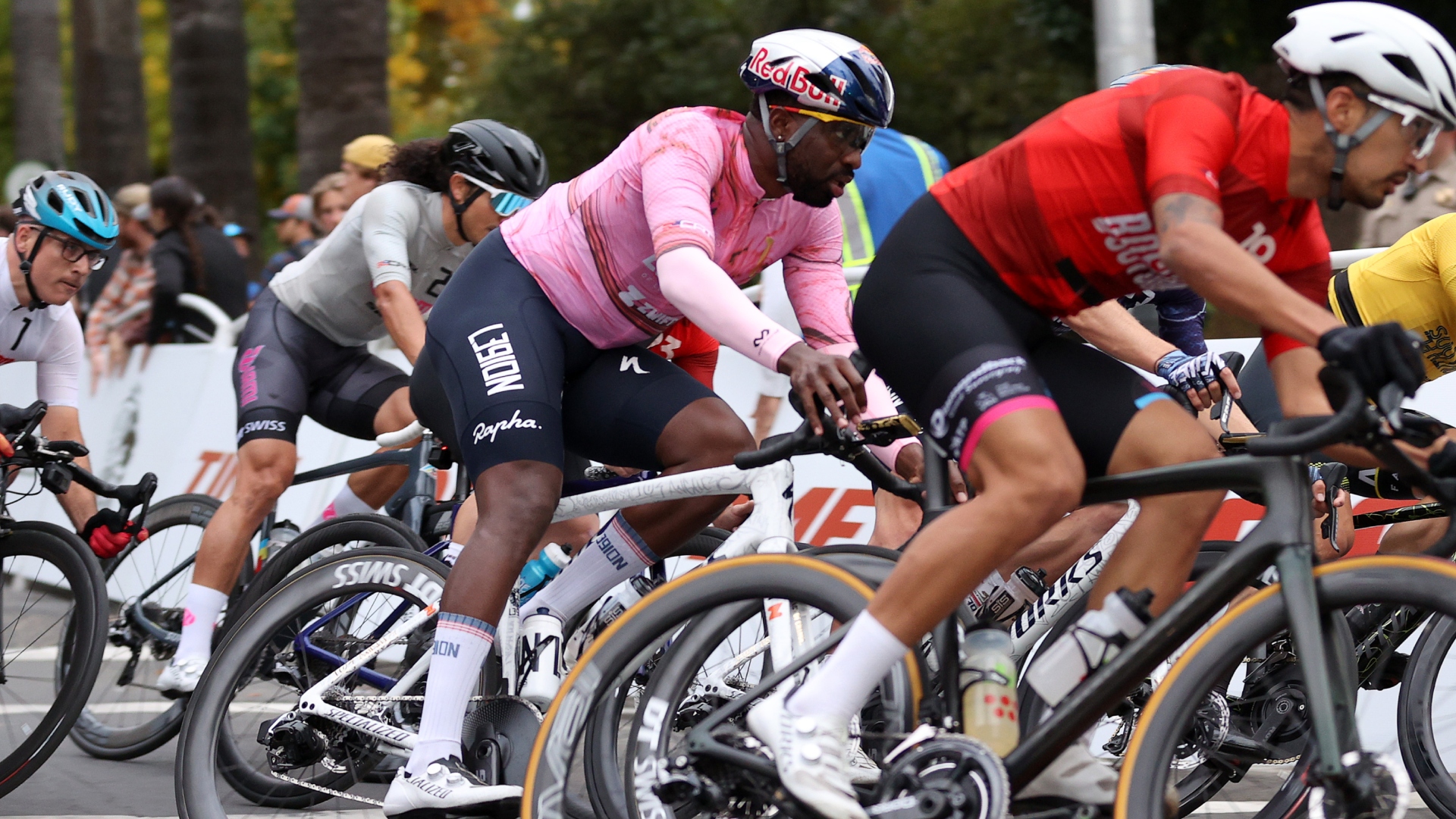 Can you make a living as an American domestic road racer? A look inside the part-time professionalism of the American road peloton
Can you make a living as an American domestic road racer? A look inside the part-time professionalism of the American road pelotonAfter decades of booms and busts, the American road scene finds itself in a fragile place. We spoke to riders to understand the reality of chasing the dream on home soil
By Logan Jones-Wilkins
-
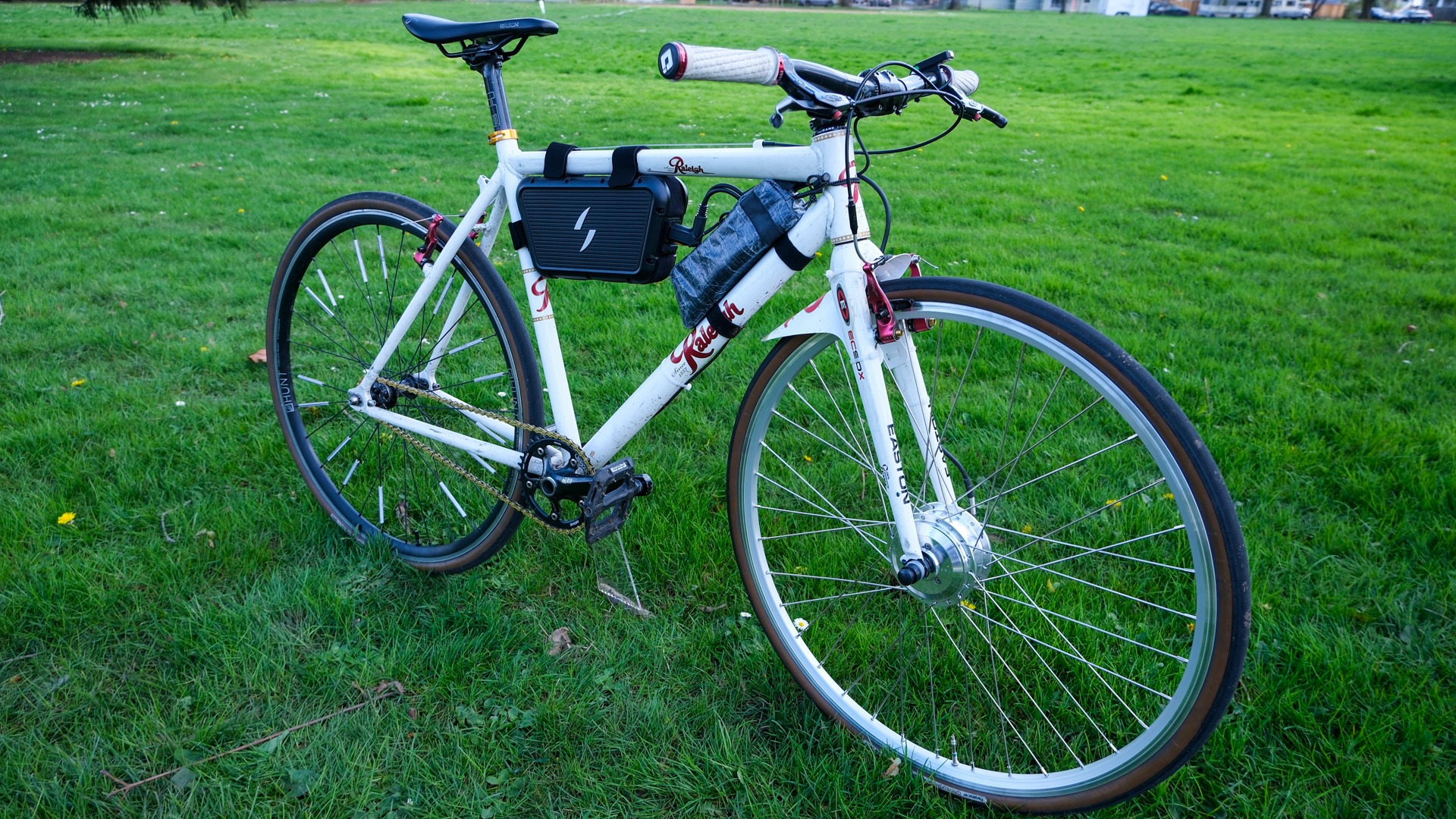 5 things I wish I’d known before reviewing the Swytch GO e-bike conversion kit
5 things I wish I’d known before reviewing the Swytch GO e-bike conversion kitSwytch offers an effective, albeit untidy, workaround for e–bike–curious riders. But as prices drop on full e-bikes, its value proposition may be fading
By Anne-Marije Rook
-
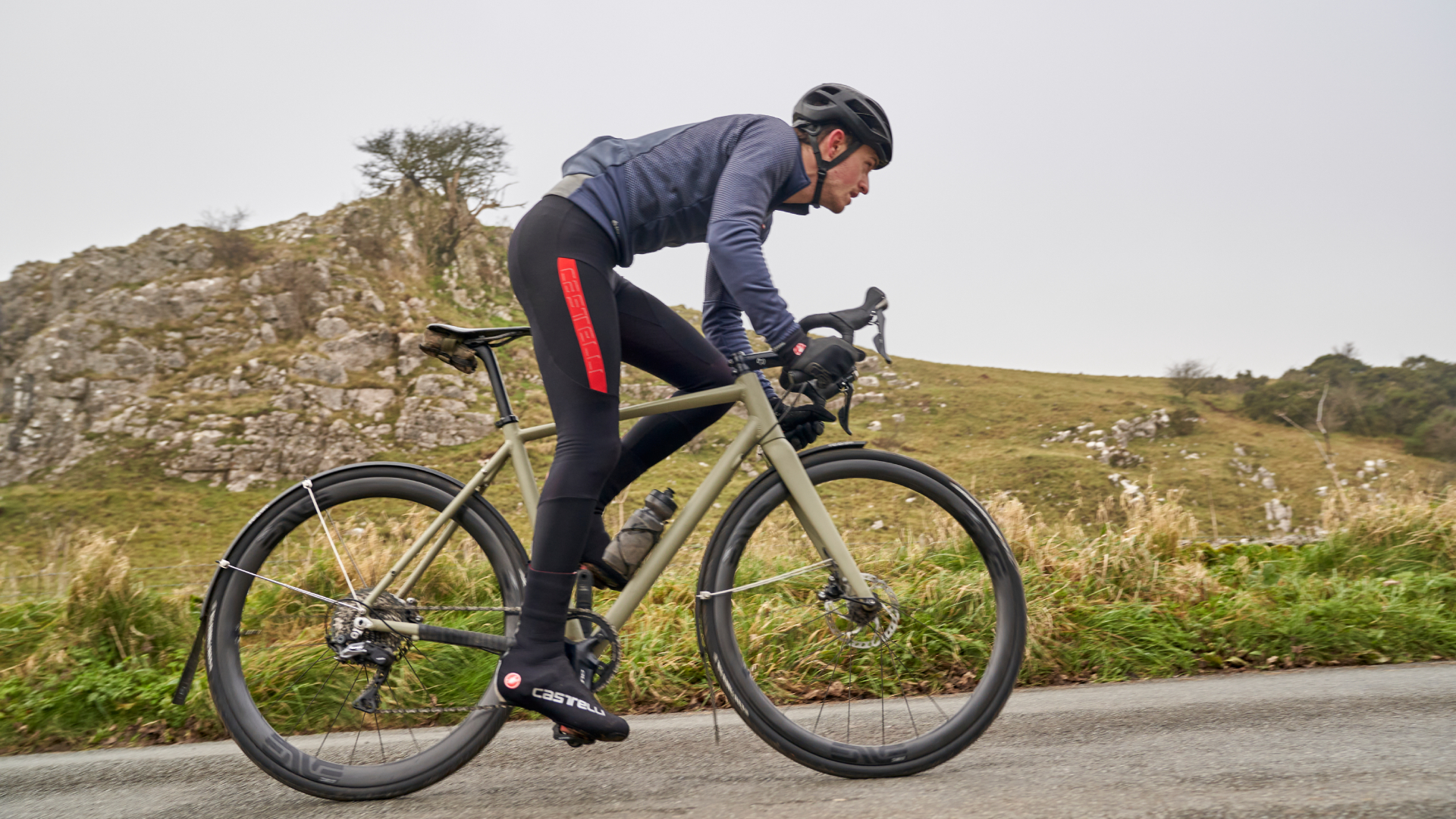 The best cycling overshoes: toasty toe covers for fall and winter riding
The best cycling overshoes: toasty toe covers for fall and winter ridingThe best cycling overshoes will keep your feet warm so you can stay riding in the worst of the winter weather
By Hannah Bussey
-
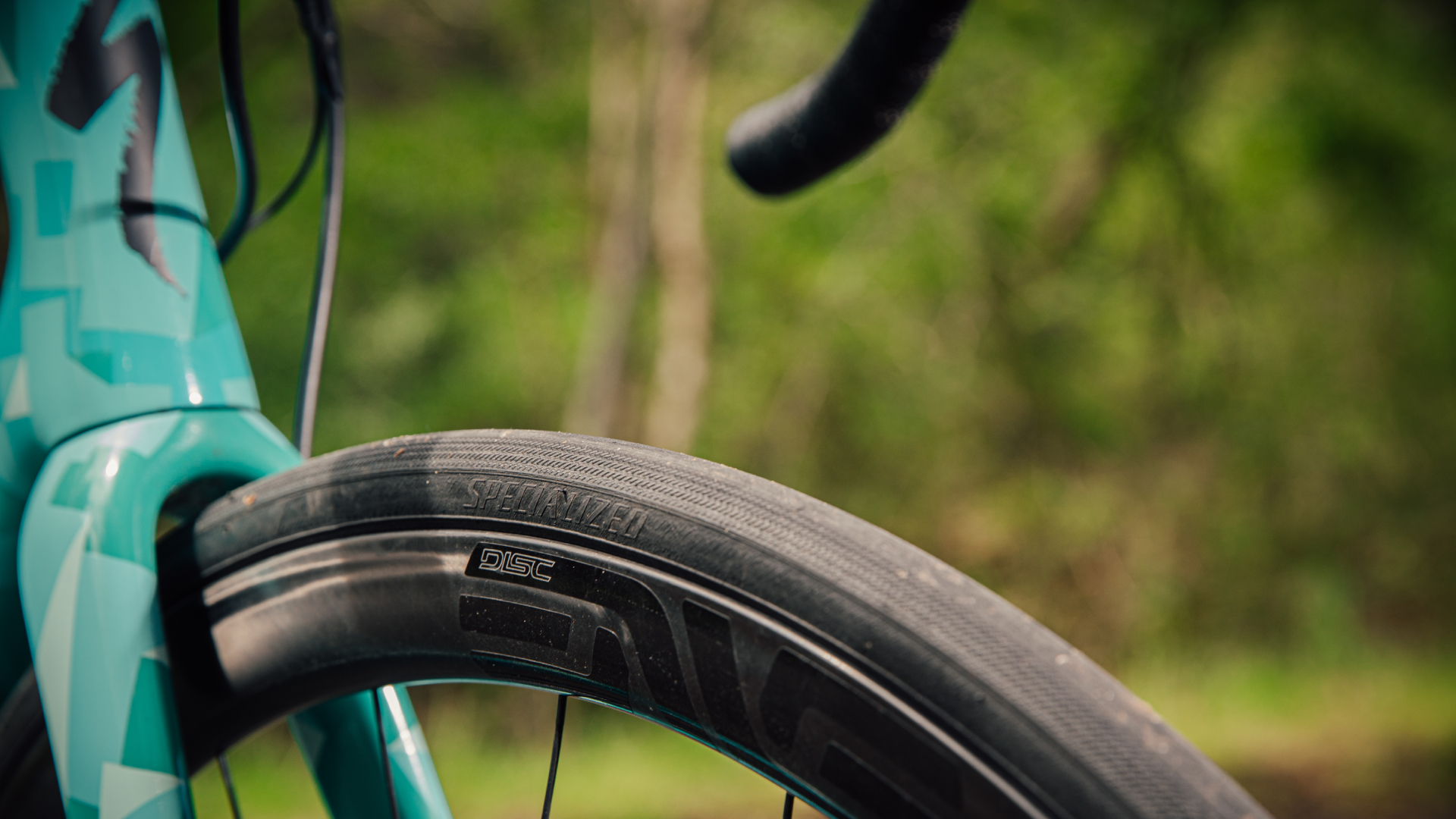 Best winter tyres for road cycling 2025
Best winter tyres for road cycling 2025The best winter tires for our road bikes are an essential purchase. Here are our picks that find a robust compromise between rolling resistance, weight, and puncture protection
By Stefan Abram
-
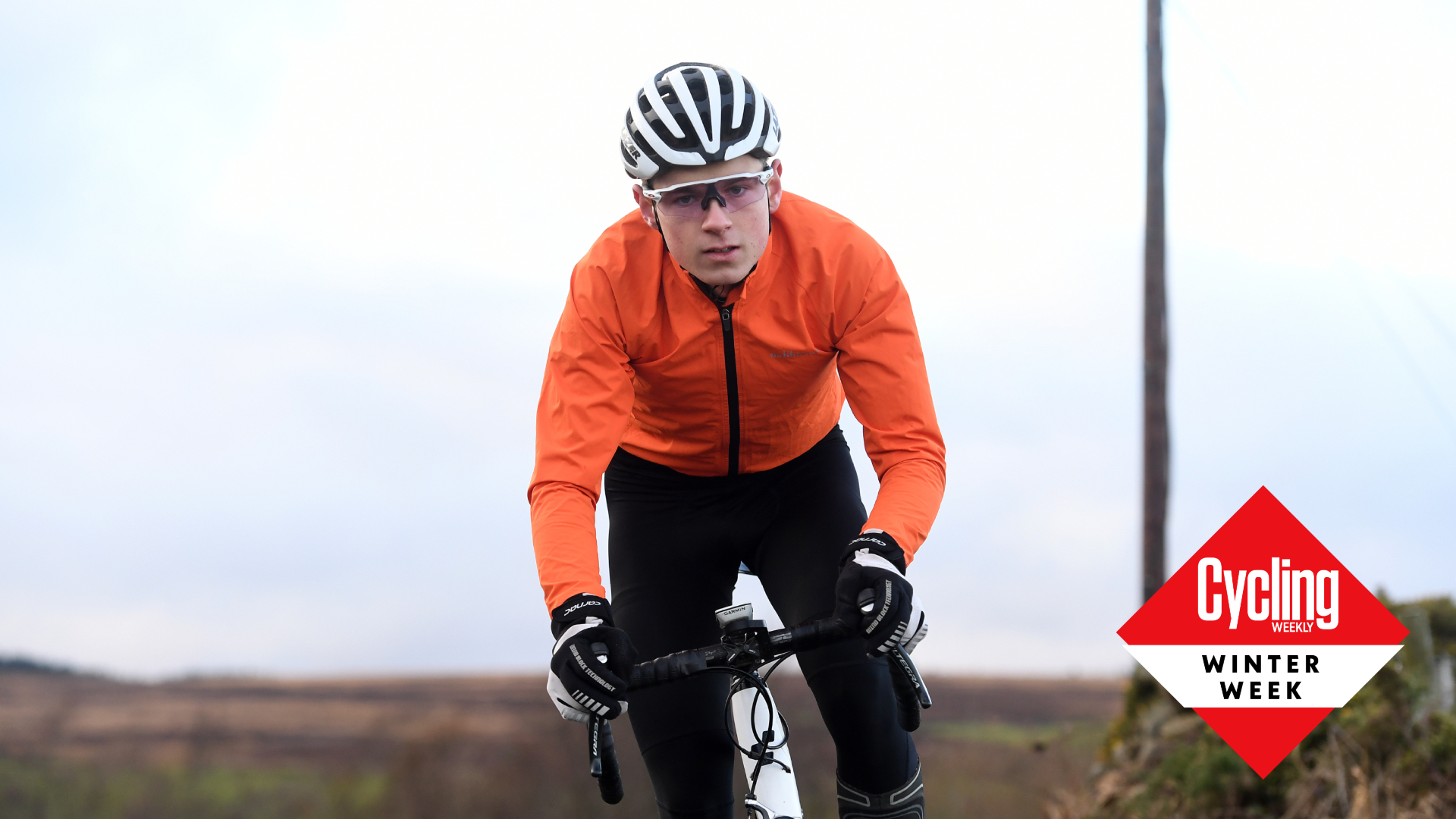 Winter cycling clothing: everything you need to stay warm
Winter cycling clothing: everything you need to stay warmPrepare for the winter blues with hand picked winter cycling clothing to make those chilly rides a little bit easier to bear
By Luke Friend
-
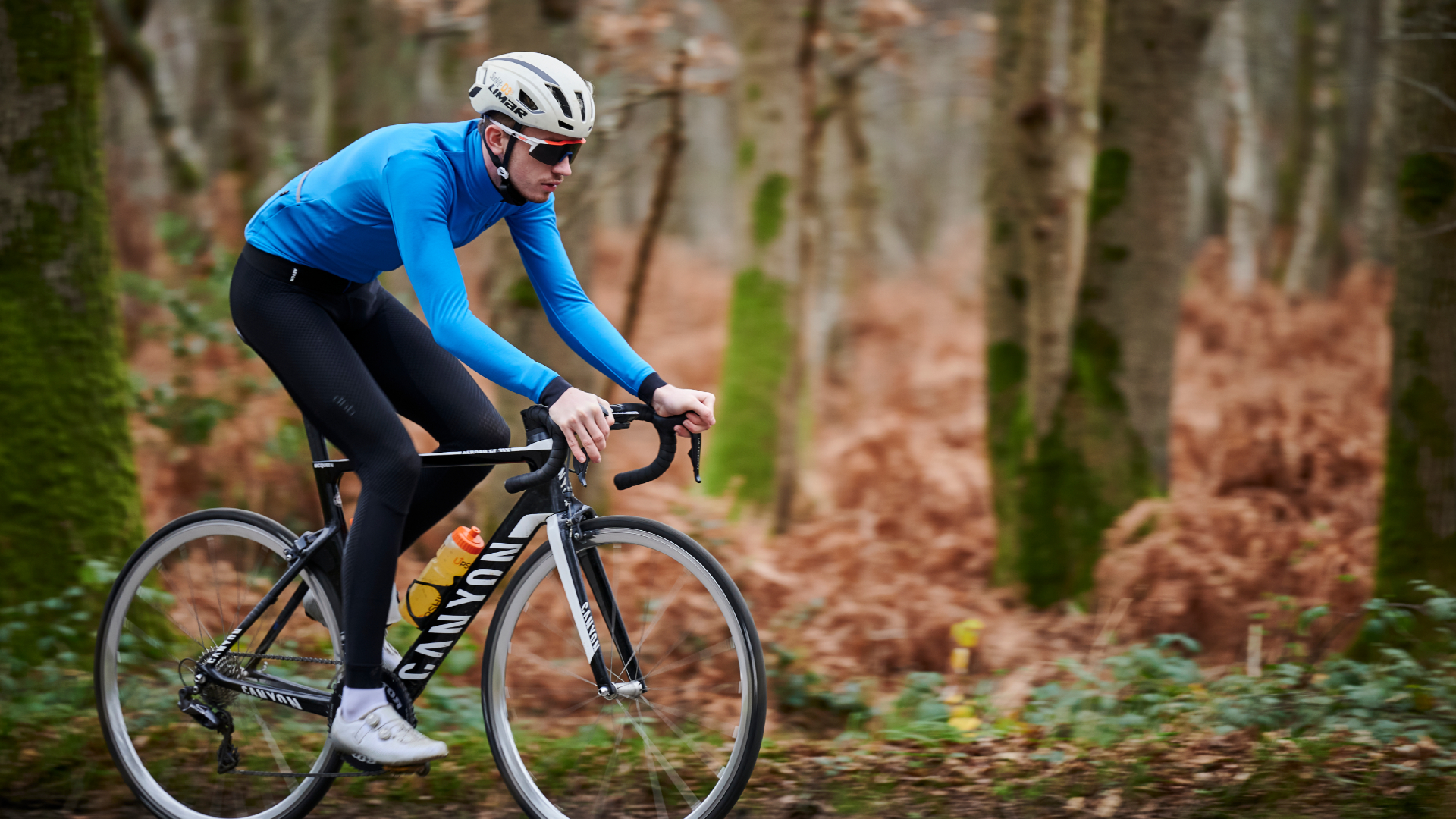 Best bib tights for cycling reviewed and rated
Best bib tights for cycling reviewed and ratedHow to find the best bib tights to keep your legs warm as the weather gets colder
By Hannah Bussey